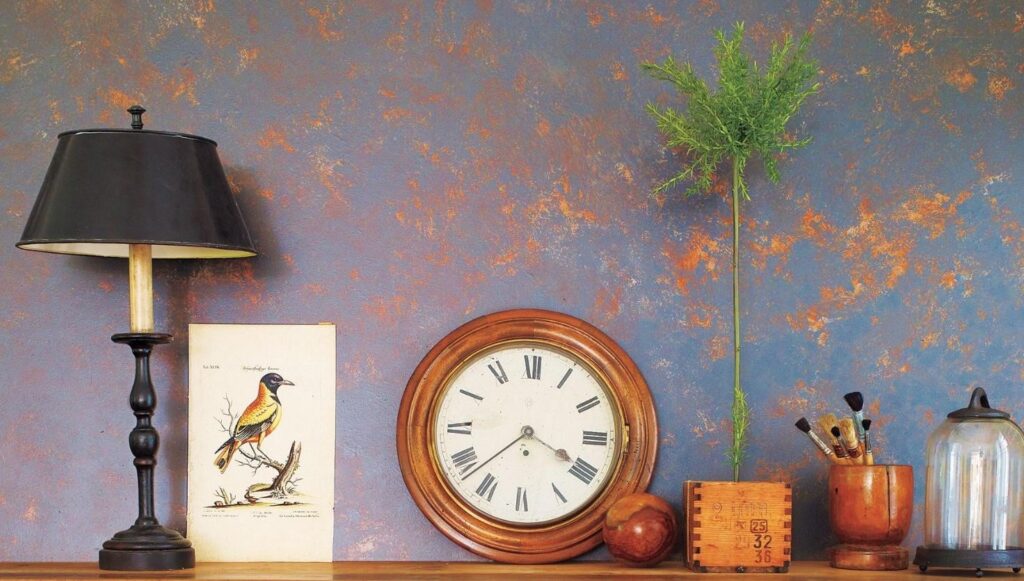Once you buy your dream house, you are already aware of the maintenance and costs that you need to keep up with, right? Getting your house painted is one of them. The paint of your home either makes or breaks it.
There is a lot that goes into painting a home exterior or home interior that many homeowners may not realize when they are asking a professional painter to provide an estimate. If you are hiring professionals, you might be worried about the time it might take to paint your home, right? Well, in this blog, we will tell you just what you are looking for.
What Does Painting a House Do for Home Value?
We all know that people form opinions about things very fast. Moreover, the same truth holds for homes. A beautiful home with a good structure just doesn’t look right with chipping and peeling paint. Instead, those same people will take stock of things like the window placement, shutter condition, and, of course, paint condition.
If you are looking to sell or rent out your home, you need to get your home painted. It has a very big impact, trust us. A new coat of paint gives the house a nice refresh and it can increase your property value almost overnight.
Every small and big change matters and it makes a big difference, painting the whole exterior will make the most immediate impact. If you are looking to sell your home quickly, painting the house can help it sell faster.
How Long Does It Take to Paint a House?
One benefit of hiring professional painters is that they tend to work faster than you ever will. They come with a team, while you may have only a partner or some family members. Additionally, the time that it takes to paint an entire house varies from house to house, obviously. Painting a house could take days because of prepping, priming, and painting and this is all a time-consuming process.
How to Paint a House
Prep Work:
- Thorough Inspection: Before diving into painting, take the time to inspect your home’s exterior or interior. Look for any signs of damage, such as cracks, peeling paint, or areas in need of repair.
- Cleaning the Surface: A clean surface is essential for paint to adhere properly. Power washing the exterior or wiping down interior walls removes dirt, dust, and grime, providing a fresh canvas for your new coat of paint.
- Surface Repairs: Repair any damaged areas, whether it’s patching holes, fixing cracks, or replacing rotted wood. This step ensures that the final paint job not only looks great but also withstands the test of time.
Cutting In:
Cutting in involves creating clean and precise edges where different surfaces meet, such as where walls meet ceilings, corners, and trim. This careful process sets the stage for a polished finish and creates a defined boundary for the main paint application.
Priming and Painting:
During the priming step, a crucial base coat is applied to surfaces requiring improved paint adhesion and coverage. Primer is particularly beneficial for areas with exposed wood, fresh drywall, or significant color changes.
Subsequently, in the painting phase, professional painters adeptly apply paint to provide a consistent, visually appealing layer that breathes color and life into your home, elevating its overall aesthetic charm.
Cleaning Up:
- Gently peel off painter’s tape and masking materials to uncover tidy lines and edges.
- Wipe surfaces clean to eliminate any paint splatters or leftover traces.
- Put back furniture and fixtures where they belong, restoring a tidy and orderly appearance.
- Pause to appreciate the change and meticulously review for potential touch-ups or spots requiring extra care.





